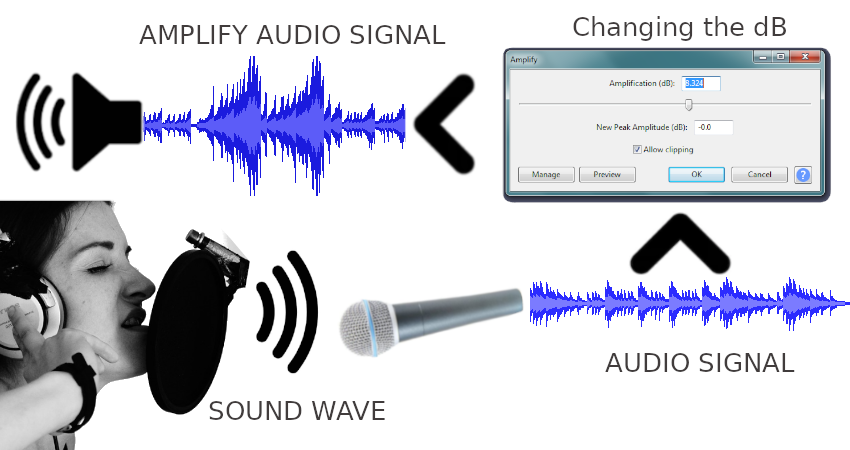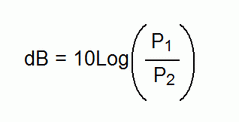Search Topic
Decibel the concept in recording music
Prelude

We only think about music. True. But what is the source of music? The answer is always Sound. Sound is everywhere. Sound creates music. When sound in an orderly form creates music. How do we measure sound? The unit for measurement amounts of acoustic, or for measuring the relative loudness of sounds. Mathematically it is a logarithmic unit used to measure sound level. It’s not a unit of sound, rather it is a logarithmic way of describing a ratio of sound. The decibel (dB) is a measurement of sound pressure level and signal level. The higher the decibel level, the louder the noise.
Sound pressure level (SPL), is the result of the pressure variations in the air due to the sound waves. It is the pressure measured by decibel. There are two classifications of SPL. The two levels are the hearing threshold, pain threshold. The hearing threshold is the lowest level of sound that can be heard by human ears. has a value of 0 dB Pain threshold is the opposite of the earlier version, it is the highest level of sound, which is the extreme limit to bear human ears. It’s almost 140 dB. A SPL meter typically displays a range of sound pressure levels from 20 dB to 140 dB. It is in decibels, is 20 times the logarithm to the base 10 of the ratio of the measured effective sound pressure of this sound to a reference effective sound pressure. It is equal to 20 x the Log10
Characteristics of sound & noise differ due to Decibel changes. Two important characteristics of sound or noise – frequency and loudness. When sound travels through the air the number of pressure variations creates called frequency. The unit of measurement of frequency in Hertz.
SPL in recording
The maximum SPL level for a microphone means how much sound pressure the mic can take without causing audible deformation. It’s almost up to 160 dB. For low pitch recording, condenser microphones are perfect because of it’s low SPL rating.
Decibels are important as a unit of sound measurement because the human range of sensitivity to sound is very wide, which means it is easy for some background sounds. Balancing the decibel level while recording is required gain to work with when mixing.
Noise floor
It’s almost the silent zone of recording where a pin-dropping sound can be heard properly. This part of audio track can be deleted at the time of recording. To reduce the noise floor portion recording in studio often record in vocal tents.
Distortion ceiling
It’s the loudest region of recording just the opposite of the earlier one. Here audio is used to start distorting so it’s called distortion level. Audio clipping occurred here.
Dynamic range
Dynamic range is a key parameter in electronic systems in audio. It is falls between the distortion ceiling and the noise floor. In simple words it’s the difference between the loudest and softest part of an audio signal, the difference that an instrument can handle. Dynamic range is another way of stating the maximum signal-to-noise ratio. It expresses in decibels (dB). Dynamic range measurements are based on simple mathematics.
Highest Level = 120 dB
Lowest Level = 40 dB
So, the dynamic range = 120- 40= 80
Decibels are always used to measure a power ratio. Here is the formula used to calculate a power ratio decibels:

dB = The power ratio in decibels
Log = The common logarithm
P1 = Power level 1 (output)
P2 = Power level 2 (input)








